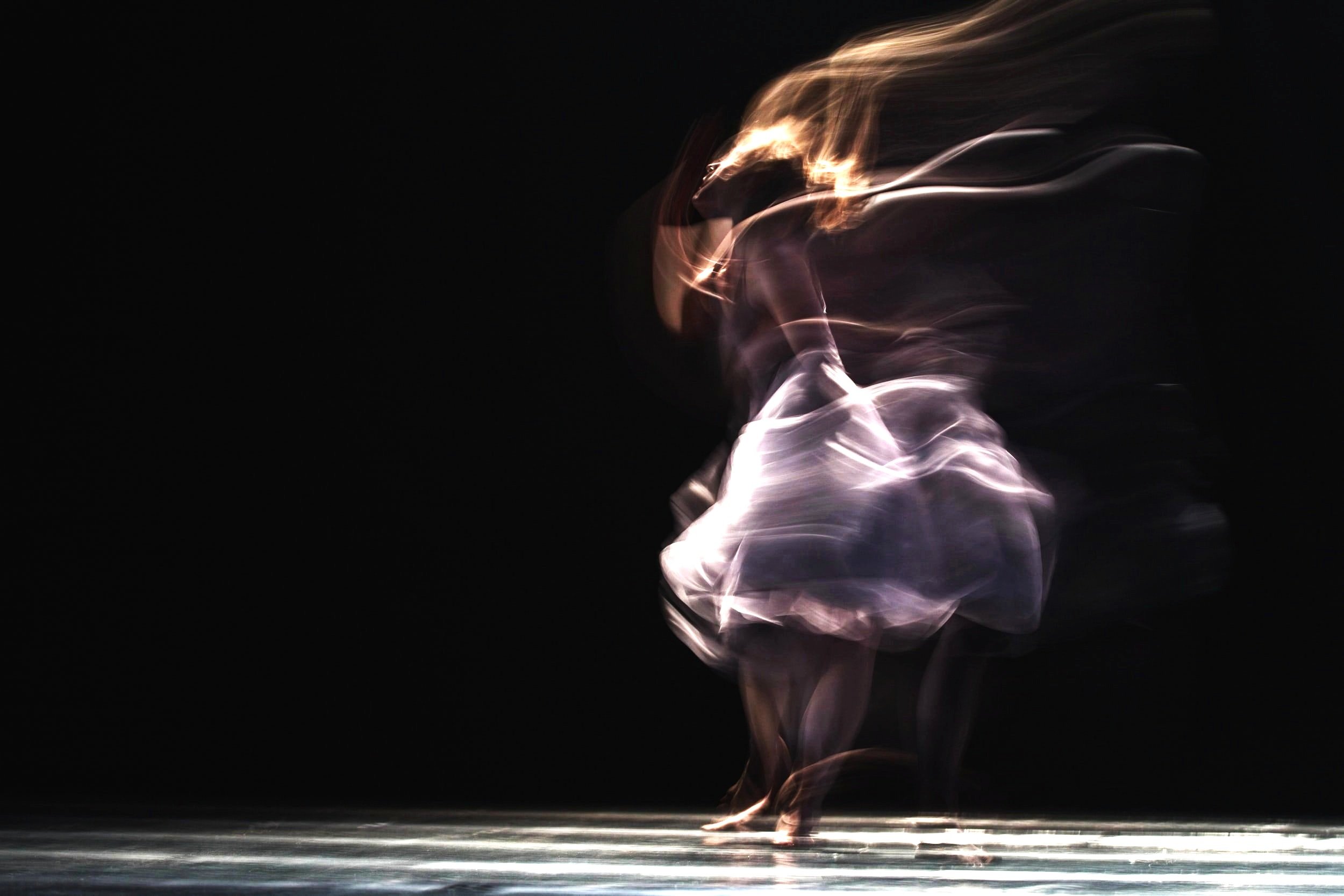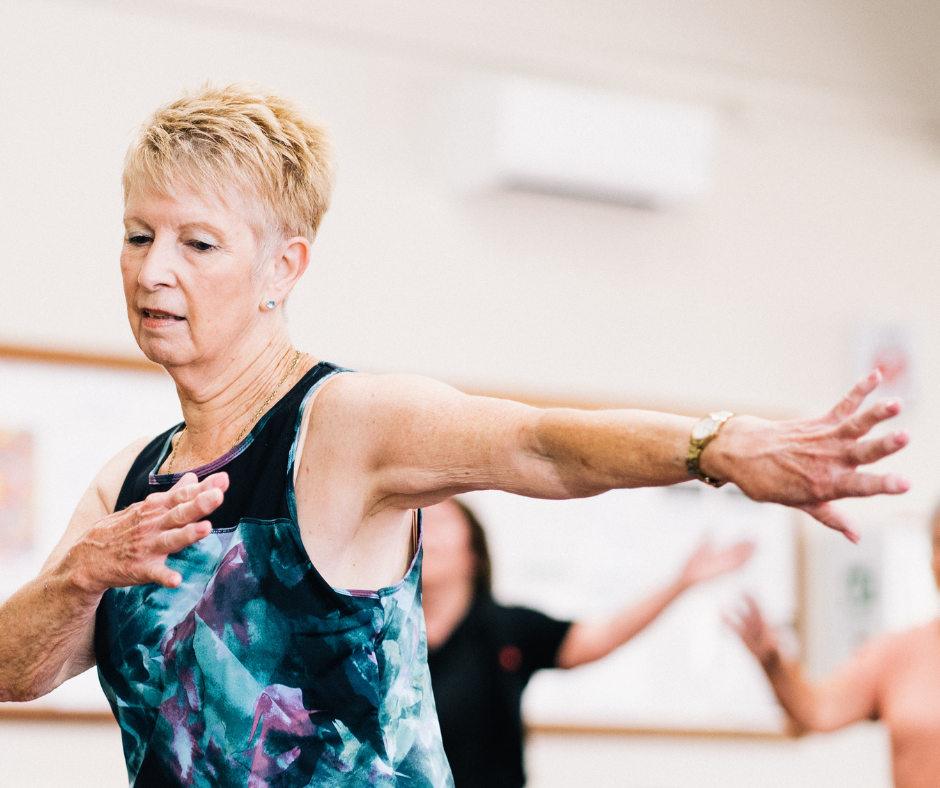
Dance Therapy Melbourne
Dance Movement Therapy
& Community Dance
‘When words are not enough, the body speaks’
What is Dance Movement Therapy
Dance movement therapy with a registered clinical therapist, is a psychotherapeutic movement based intervention which recognises the body mind and emotions are interconnected.
The therapeutic use of movement is a powerful tool for self-expression, communication, and transformation, and to unify the cognitive, emotional, psychological and spiritual expressions of an individual’s lived experience. In a dance movement therapy session, we can explore ways that your body likes to move and support a range of benefits towards:
A healthy, expressive physical body
Social skills and reciprocal relationships
Healthy regulated emotions and communication
Healthy cognition - attention, memory, executive functioning
Embodied wholeness and vitality- a sense of integration
Who is it for?
Suitable for all ages, bodies, abilities, backgrounds and beliefs, individuals & groups.
Services are evidence based and trauma informed, to support areas of mental health, community development and wellbeing:
Children & Adults Mental Health, Parents & Babies, Disability, Families affected by Domestic Violence, Autism Spectrum Disorder, ADHD, Selective Mutism, PTSD, Complex Trauma, Neurological Conditions, Stroke, Parkinson’s, and Muscular Dystrophy are some of the client backgrounds we work with.
Movement Matters
Our body is a landscape for lived experiences, and the inner psyche of a person can be expressed in how they move and breath, as well as body posture, muscular tension and somatic responses. Connecting to this innate wisdom of the body in a therapeutic framework, supports positive change and restoration of a more embodied and integrated self. Dance therapy recognises the premise of the mind body connection, and that change and growth in one, supports change and growth in the other.
Humans have a need for expression, authenticity, and to be able to connect to their body and emotions for guidance. Dance movement therapy offers a rich therapeutic process into the psychology of the body, to explore unconscious material and complex emotions that are often difficult to express with words. It enables people to express feelings imaginatively and symbolically which can improve agency and self-understanding.
What Dance Movement Therapists do:
Dance movement therapists combine the elements of dance, movement systems, creative processes, somatic practices and psychological and scientific theories, in a safe and transformative space to explore, heal, and grow, at a pace that is just right for you. The use of creative processes, imagination and a sense of play opens people to new possibilities and new perspectives on both themselves and the world.
Tailored to the specific needs of a group or person, dance movement therapy offers a rich multi-sensory experience, and may include a combination of rhythm, music, exercise based movement, dance choreography, improvisation, props and various mediums for expression.
A unique benefit of dance movement therapy is that it stimulates the body, mind, and emotions simultaneously, which supports integration of lived experiences and promotes holistic healing.
A Neurosequential Approach
Dance movement therapy offers a neurosequential approach, and helps clients explore and express unconscious material that is often difficult to articulate in words. These methods are innovative, participatory and practical: they provide a supportive space for participants to 'try on' and practise new behaviours, and this can be more effective than merely talking about change.
Contemporary neurobiological research into trauma suggests that trauma has a powerful physical component and thus an essential step in addressing trauma should be to attend to embodied trauma responses.
Because Dance Movement Therapy offers body based awareness, it can effectively address trauma and emotional and physical dysregulation, and increase resilience by improving the sense of agency and self-understanding through the ability to express feelings symbolically.


